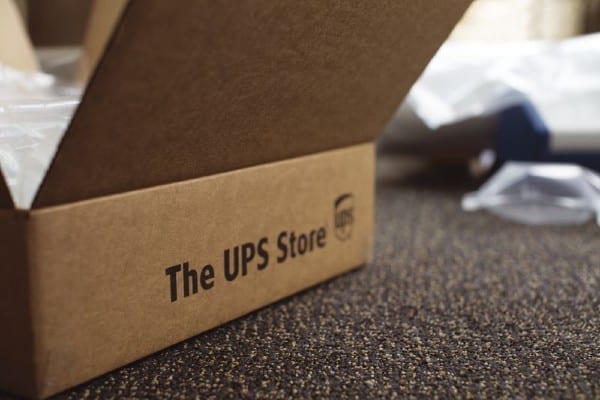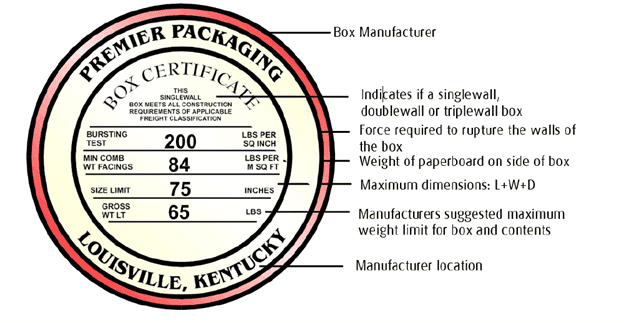What Type of Cardboard Box Should You Use When Shipping?

When shipping items across long distances, it’s important to choose the correct boxes and cushioning to ensure they arrive safely and in one piece at their destination. Proper packing begins with selecting the right materials. Check out our guide on choosing the most suitable carboard box for your next shipment.
Use New, High-Quality Corrugated Boxes:
There are three types of corrugated box: single-wall, double-wall, and triple-wall. Your item’s shape and weight, as well as any forces your box may be subjected to during shipping and handling (such as possibly being stacked), will determine which type of box you should choose. The difference between each is the number of layers of fiberboard. The most frequently used container is the single-wall corrugated box, which is made of a single flute and each side of the flue is covered with a liner.

For heavier items, use a double-wall corrugated box, which is made of two groups of flutes with a liner in between and on the top and bottom. The double-wall box has more strength than a single-wall box. For very heavy items, opt for a triple-wall corrugated box, which made of three groups of flutes with a liner in between the layers of flutes and on the outer edges. The more layers of flutes, the stronger the box.
Look for the Box Manufacturer’s Certificate:
All corrugated boxes used at The UPS Store include a Box Manufacturer Certificate such as the one shown here, which gives you information on the box’s dimensions and strength.
The following chart further explains the information contained on most box certificates. The weight of the item plus the cushioning material) should not exceed the recommended weight.
| Minimum Bursting Test | Maximum Dimensions Length + Width + Depth | Manufacturer’s Maximum Weight | Maximum Recommended Weight |
| Single-wall Corrugated Boxes | |||
| 200 | 75 | 65 | 40 |
| 275 | 85 | 95 | 65 |
| 350 | 105 | 120 | 85 |
| Double-wall Corrugated Boxes | |||
| 275 | 95 | 100 | 80 |
| 350 | 105 | 120 | 100 |
| 400 | 110 | 140 | 120 |
| 500 | 115 | 160 | 140 |
| 600 | 120 | 180 | 150 |
| 275 | 95 | 100 | 80 |
Mullen Test vs. Edge Crush Test
Corrugated cartons are manufactured based on two different standards: the Mullen Test (or Burst Test), or the Edge Crush Test (ECT). The Mullen Test measures bursting strength of the corrugated linerboard (measured in psi). For example, a Mullen-tested box that’s rated at 200 means it can withstand 200 pounds per square inch of force applied directly to the linerboard. Many customers prefer Mullen-tested boxes for protection of heavier contents if they are concerned about the linerboard bursting. The minimum rated Mullen Test box allowable for courier shipping is 200 lb.
The ECT Test measures the box board’s top-to-bottom compression strength. This test looks at two areas of strength – Box Compression Strength (BCT) and Stacking Strength. If a customer is concerned about the maximum weight a box can stand, then look at the ECT rating. The minimum rated ECT Test box allowable for courier shipping is 32 lb. The corrugated sheets used to manufacture all boxes larger than 14”x14”x14” must be 44 lb. ECT.
Need more info? The packing experts at The UPS Store can advise you on the best box needed for your item(s), and help you pack and ship it. Visit a location near you for details.

